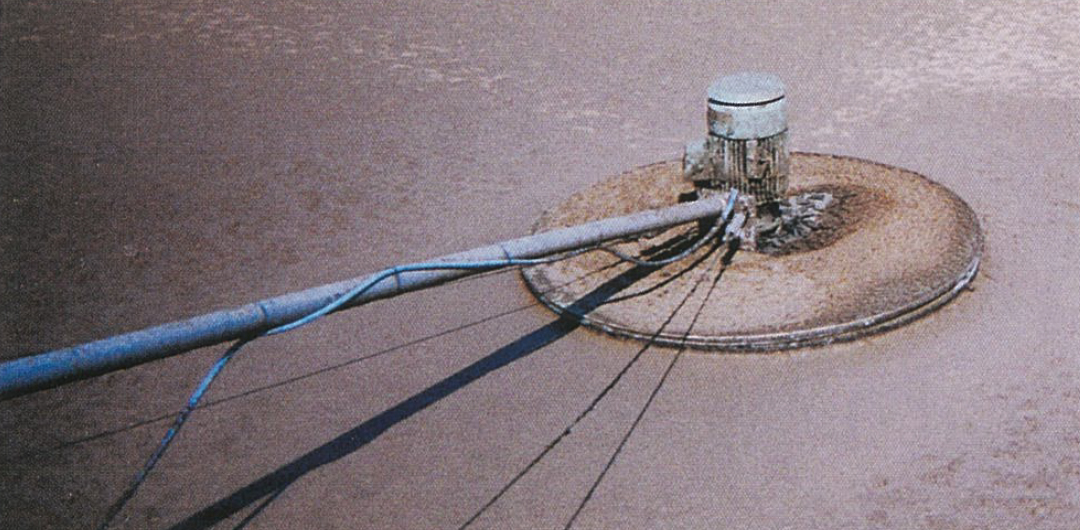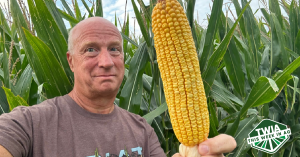
The engineer was unable to maintain the 8-foot decant level in the sequencing batch reactor (SBR). He couldn’t decant more than 2–3 feet under the excess load.
Probiotic Solutions® BIO ENERGIZER® was batch fed into 2 SBRs daily. Within 1 week, operators were able to decant 8 feet of supernatant from each SBR. The dosage rate was increased when the factory use of stored potatoes increased starches and residual BOD in the wastewater.
BIO ENERGIZER® applied over a period of 2 months to the wastewater treatment plant resulted in increased microbial activity, reduced filament and foam, improved decanting, reduced accumulated sludge and sludge hauling costs.
Probiotic Solutions® BIO ENERGIZER® is a formulation of nutrients, organic acids, natural biological stimulants, and energy systems that balance the natural microbial ecosystem to increase bio-oxidation capacity in lagoon systems. BIO ENERGIZER® is a broad-spectrum bio-activator containing over 30 essential microbial growth-promoting ingredients. Wastewater facility operators have been using BIO ENERGIZER® for many years to cut their sludge-hauling costs. For more information, go to www.probiotic.com.
Related Posts

What Determines a Farmer’s Crop Choice?
Ever wonder why farmers grow the crops they do? From soil type and climate to markets and processing plants, a wide range of factors influence what ends up in each field.

Advantages of Micro Carbon Technology®
Bio Huma Netics, Inc. products are manufactured with our exclusive, proprietary Micro Carbon Technology® which is our process of “complexing” small molecules containing carbon to nutrients. These ultra-fine molecules are excellent nutrient carriers that enable more efficient nutrient absorption. This Micro Carbon Technology® makes HUMA GRO® nutrients much more effective and efficient than any other nutrient

This Week in Ag #79
Seeing is believing. And I’m convinced the recent WASDE reports on crop production aren’t lying. Over the weekend we took my son to college. Our scenic journey through farm country – beauty is in the eye of the beholder, after all – took us deep into the Corn Belt. The projected 2024 corn yield in the Prairie State

